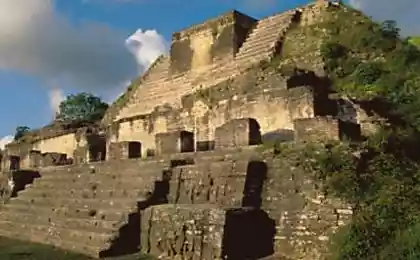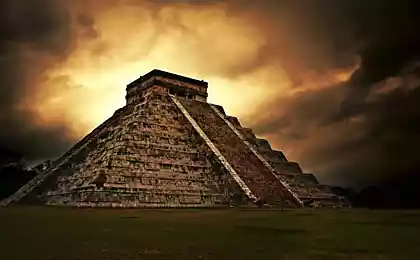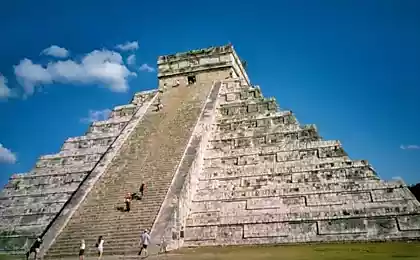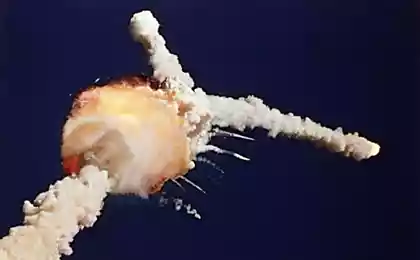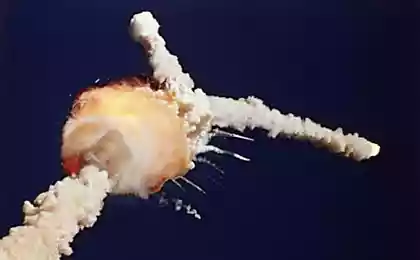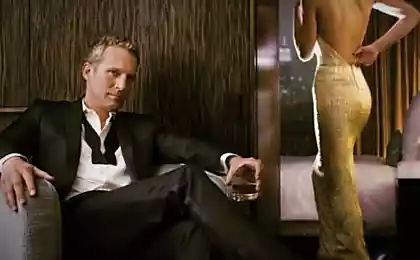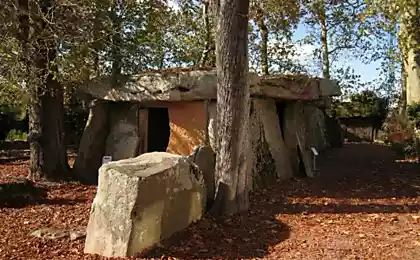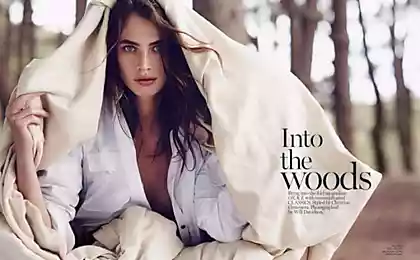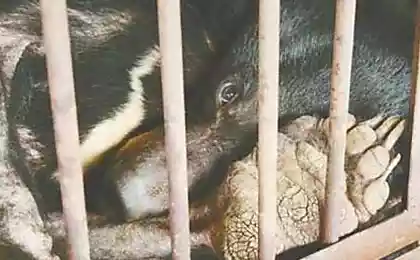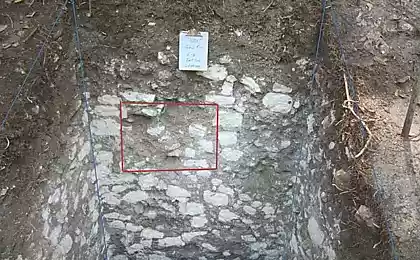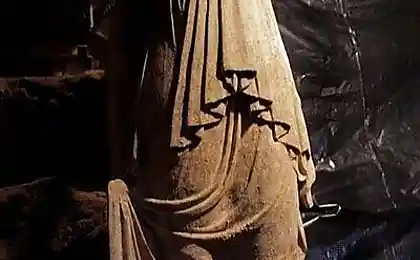451
Found one of the ancient tombs of the Mayan ruler
Two and a half thousand years, the tomb of the Vulture Lord was in an inaccessible mountain region in the South of Guatemala. Compared with the high pyramids in other Mayan cities, this tombstone was quite modest: only five feet tall on a grassy platform of clay and boulders.
Two and a half metres from the top to the bottom of camera raw, at the excavation which took two years, Guatemalan archaeologists Christa Schieber and Miguel Orrego found hundreds of Apple-green and blue jadovich beads. Nearby were finely made clay figurines of women, including one with two faces — old and young. On the back was another tattoo. Next to the mess was the ceramic ware, which, probably, lay offerings of food. The most interesting artifact was the pendant with the symbol of high status, which was adopted among the early Maya, the head of a vulture, which is made from jade. Archaeologists have named the late Lord Griffin.
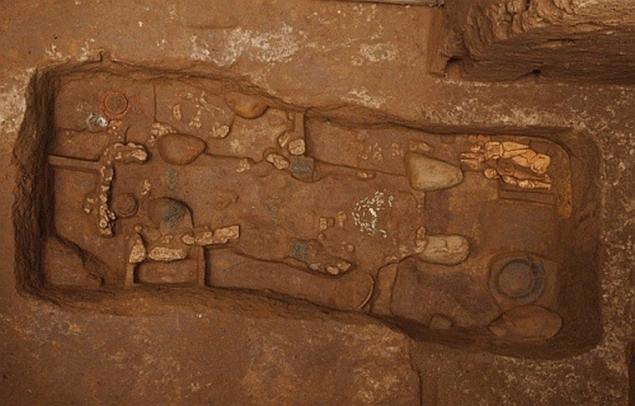
Excavations in Takalik-Abajo was started in 1976. Preserved at least 83 buildings and more than 300 sculptures that provide insight on urban planning of the early Maya, the leisure elite and rituals. There is one of the largest in Mesoamerica areas for ball games — 22 at 5 p.m. One of the platforms, according to Ms. Schieber, could serve as an Observatory: on its surface there are three parallel lines of stone monuments that show on the Big Dipper when it rises above the horizon a little East of true North.
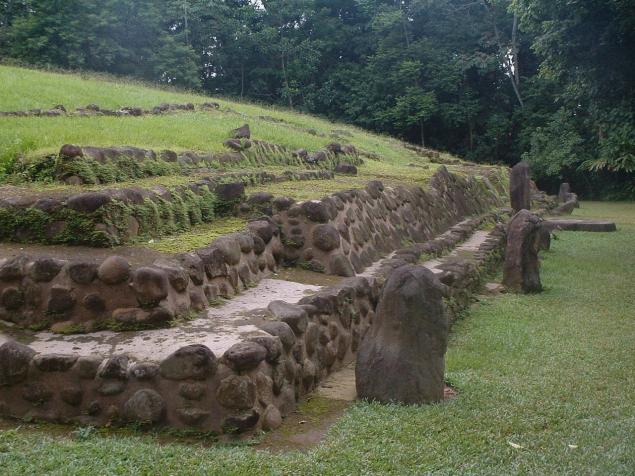
The city was in a mountain pass and had extensive trade links, which extended from the modern Mexican state of Veracruz to Salvador and Piterskogo pool. Archaeologists think that Takalik-AB was a multinational settlement, a crossroads of peoples and cultures. Maybe stone walls and artifacts Takalik-Abajo will be able to answer the old question of how and why Maya came on shift the Olmec civilization and became the dominant force in the region for fifteen hundred years.
Source: /users/413
Two and a half metres from the top to the bottom of camera raw, at the excavation which took two years, Guatemalan archaeologists Christa Schieber and Miguel Orrego found hundreds of Apple-green and blue jadovich beads. Nearby were finely made clay figurines of women, including one with two faces — old and young. On the back was another tattoo. Next to the mess was the ceramic ware, which, probably, lay offerings of food. The most interesting artifact was the pendant with the symbol of high status, which was adopted among the early Maya, the head of a vulture, which is made from jade. Archaeologists have named the late Lord Griffin.

Excavations in Takalik-Abajo was started in 1976. Preserved at least 83 buildings and more than 300 sculptures that provide insight on urban planning of the early Maya, the leisure elite and rituals. There is one of the largest in Mesoamerica areas for ball games — 22 at 5 p.m. One of the platforms, according to Ms. Schieber, could serve as an Observatory: on its surface there are three parallel lines of stone monuments that show on the Big Dipper when it rises above the horizon a little East of true North.

The city was in a mountain pass and had extensive trade links, which extended from the modern Mexican state of Veracruz to Salvador and Piterskogo pool. Archaeologists think that Takalik-AB was a multinational settlement, a crossroads of peoples and cultures. Maybe stone walls and artifacts Takalik-Abajo will be able to answer the old question of how and why Maya came on shift the Olmec civilization and became the dominant force in the region for fifteen hundred years.
Source: /users/413
Created a device that can send text messages from anywhere in the world
On the streets of London were giant colorful mushrooms
